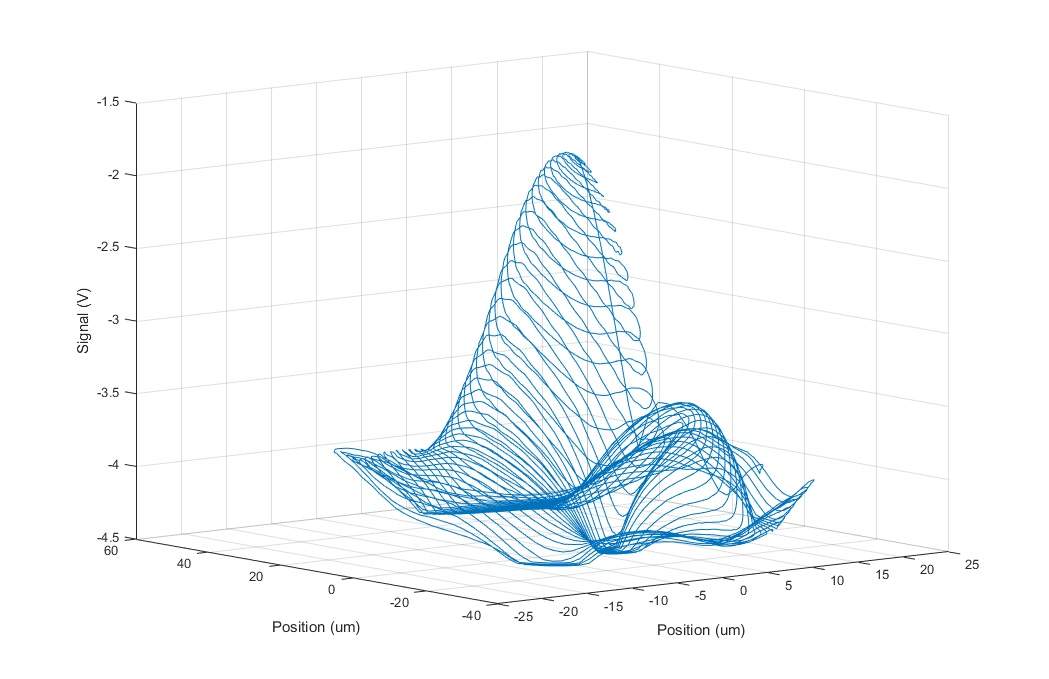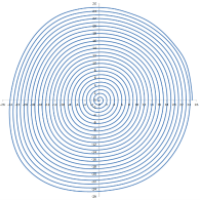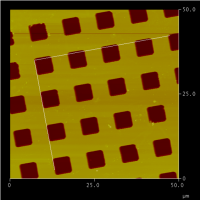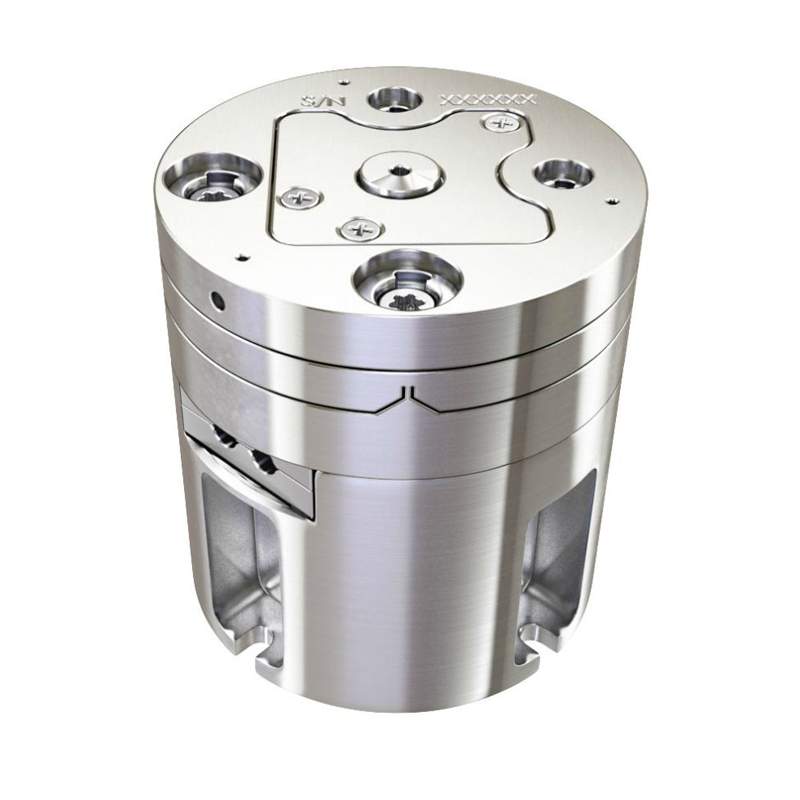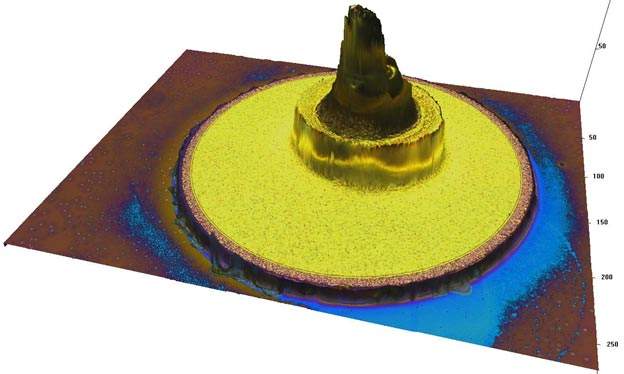
Motion Solutions Blog
Categories
- Case Studies
- Company News
- Customer Focus
- Engineering Insights
- Featured Products
- Industry Perspectives
- nPoint Blog
- Our Take
- Product Spotlight
- Uncategorized
High Resolution Data Acquisition for Piezo Stages
In order to maximize scanning speed for photonics applications, it is often important to acquire recordings of nanopositoning stage sensor data synchronized with data collected from external sensors or detectors. The LC.400 series of controllers can record up to 8 streams of internal data simultaneously, including voltage signals measured via the...
Read More about High Resolution Data Acquisition for Piezo Stages
Raster Scanning Techniques for Photonics Applications
The nPoint LC.400 series of controllers have several internal functions for use with raster scanning. A traditional raster scan can be generated via the simple Raster Scanning GUI used in the traditional raster scan below. Additional raster scanning patterns can be generated via the arbitrary scan capability of the controller....
Read More about Raster Scanning Techniques for Photonics Applications
Orthogonality Correction for Piezo Flexure Stages
nPoint is now offering an easy way for correcting the orthogonality error of XY scanners for the most demanding scanning applications. This capability is primarily used by OEM customers in applications such as Atomic Force Microscopy (AFM). An external method for measuring the orthogonality error is necessary prior to applying...
Read More about Orthogonality Correction for Piezo Flexure Stages
What is Phase Lag and How to Measure It
Understanding phase lag is important when scanning at high speeds with piezo flexure stages. This article describes the phase relationship between the command signal and the stage response. The response is monitored using the internal (in this case capacitive) sensor. The bandwidth of a system is the key element to...
Tip Tilt Piezo Stage Mirror Mounting
A tip tilt piezo stage provides the opportunity to dynamically scan a mirror with extreme precision and control. Piezo mirrors are used for laser beam steering and image stabilization applications. There are a variety of options built into nPoint systems for mounting purposes. Below are only a few suggestions, as...
High Resolution Non-Contact Optical Profilometry using Advanced Piezo Stages from nPoint
California based Zeta Instruments Inc. manufactures non-contact optical profilometers for a variety of research and industrial applications. The optical profilers are required to have a compact footprint while meeting stringent repeatability and accuracy requirements in a noisy semiconductor manufacturing fab or a busy academic lab. Measurements such as contact bumps...
